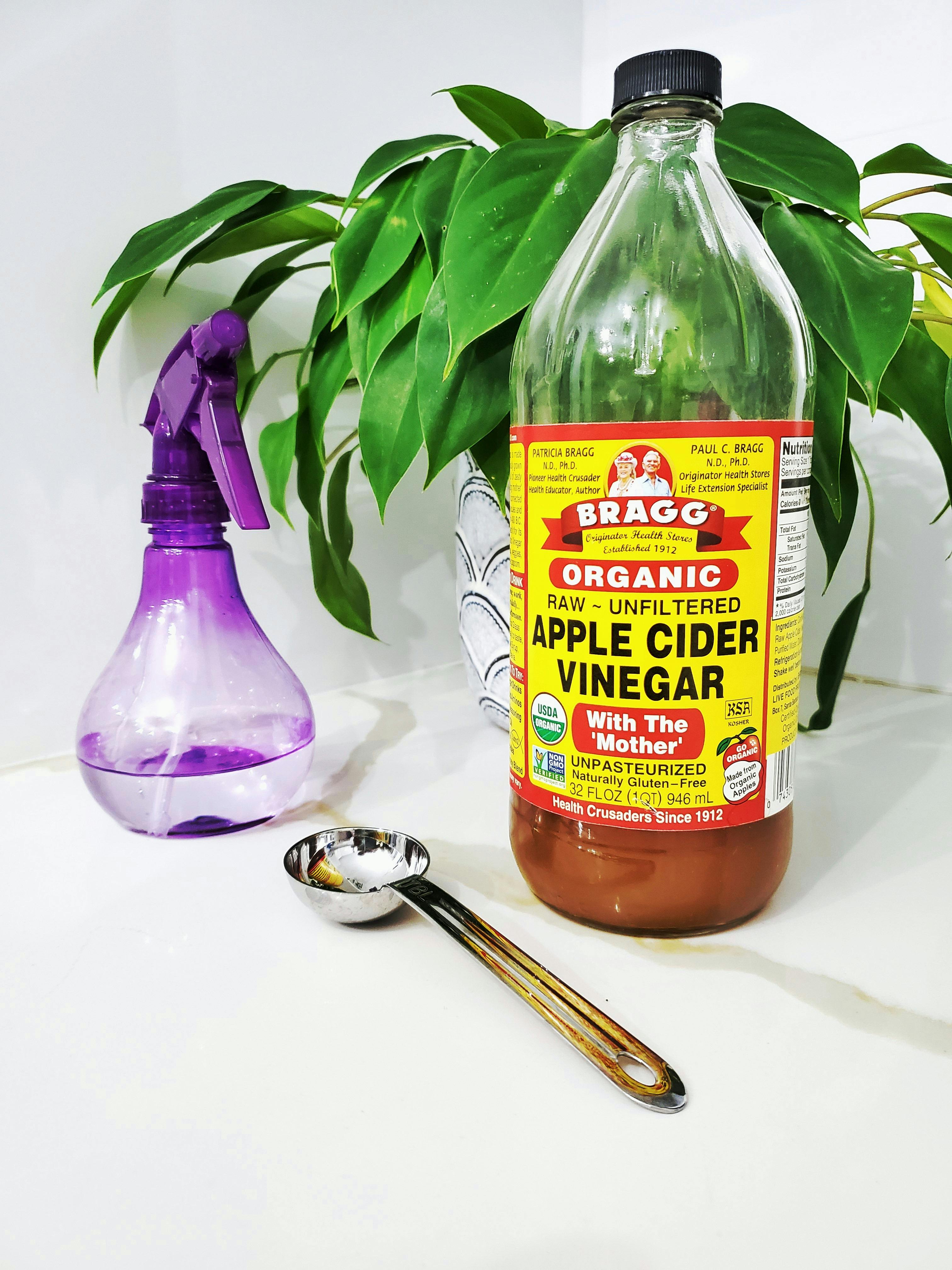Effective Ways to Care for a Poinsettia in 2025

Effective Ways to Care for a Poinsettia in 2025
Poinsettias are not only celebrated for their vibrant colors during the holiday season, but they also serve as stunning indoor plants throughout the year. Caring for a poinsettia in 2025 requires an understanding of various growth factors, including watering, sunlight, and temperature requirements. This article dives into essential tips and techniques for nurturing these beautiful plants while maintaining their health and beauty all year round.
Caring for a poinsettia isn't just about keeping the plant alive; it's about ensuring it flourishes in its indoor environment. Understanding the specific needs of this tropical plant will allow you to create an optimal care schedule. Whether you are an experienced gardener or new to indoor planting, the following guidelines will help you master the art of poinsettia care.
Ultimately, properly caring for your poinsettia not only leads to healthier plants but also enriches your home decor. In this article, we will cover various aspects of poinsettia care, including watering techniques, light requirements, pest prevention, and seasonal care strategies. By the end, you'll be equipped with the tools you need to thrive with your poinsettias.
Understanding Poinsettia Watering Requirements
Establishing a Watering Schedule
Watering poinsettias properly is crucial to their health. The general rule is to water when the top inch of soil feels dry. Overwatering can lead to root rot, while underwatering can cause leaves to drop. Establishing a watering schedule based on seasonal changes is essential and can be fine-tuned as you observe your plant's growth conditions.
During the warmer months, you might find that your poinsettia needs more water due to increased evaporation. Conversely, in winter, you may need to reduce the frequency of watering. A good practice is to check your plant's moisture level weekly, adjusting your schedule as needed based on humidity and temperature. Understanding these key watering techniques will keep your poinsettias thriving.
Watering Techniques
When it comes to watering techniques, precision is vital. Ensure that water reaches the root zone but does not saturate the soil. Use a pot with drainage holes to prevent excess moisture buildup. A helpful trick is to allow the water to soak in well and then wait until it’s mostly dried out before rewatering.
Additionally, utilizing a moisture meter can help you gauge when it's time to water your poinsettia. Keep in mind that the environment—such as room temperature and humidity levels—also influences how quickly your plant absorbs moisture. Practicing these techniques will lead to healthier plants that display vibrant flowers.
Optimal Sunlight Exposure for Poinsettias
Light Requirements and Placement Guide
Providing adequate sunlight is another crucial factor in growing poinsettias. These plants thrive in bright, indirect sunlight. Direct sunlight can scorch their leaves, while too little light can hinder their growth and flowering potential. Place your poinsettia near a window that receives filtered light but avoid placing it in direct sun.
Throughout the day, observe how the light changes in your home. Moving your plant as necessary will help ensure it receives the right amount of daily light exposure. The more favorable the conditions, the healthier and more vibrant your poinsettia will be.
Managing Sunlight Exposure During Temperature Fluctuations
Temperature can significantly affect how much light a plant receives. Ideally, poinsettias prefer a stable temperature range of 60°F to 70°F. During colder months, avoid placing your plant near drafts or heating vents, as fluctuations can stress the plant and lead to leaf drop.
By managing temperature effectively and ensuring the correct light exposure, your poinsettia can thrive. Monitoring changes within your space will help you provide the consistent environment that these tropical plants need. Following these guidelines will support the overall health of your poinsettias.

Fertilizing and Nutritional Needs for Poinsettias
Choosing the Right Fertilizer
Fertilizer for poinsettias is a vital component of their care, particularly during the growing season. Organic fertilizers that are high in phosphorus can boost blooming, while balanced fertilizers can help maintain growth. When applying fertilizer, follow the manufacturer’s recommendations to avoid over-fertilization, which can lead to nutrient burn.
Consider fertilizing every four to six weeks during the growing season. Do so less frequently during the plant's dormant phase in winter. Observing how your plant responds to fertilization will help refine your approach, ensuring it gets the nutrients it requires for healthy growth.
Recognizing Nutrient Needs and Health Indicators
Besides providing fertilizer, recognizing the signs of nutrient deficiencies or excess is essential. Yellowing leaves may indicate a nitrogen deficit, while burnt leaf edges can suggest over-fertilization. Keeping an eye on these health indicators will empower you to respond proactively to your plant's needs.
Additionally, understanding the type of soil you use influences nutrient retention. Poinsettias prefer slightly acidic to neutral soil (pH 6.0 to 7.0). Make sure you choose a potting mix that ensures proper aeration, drainage, and nutrient availability. By adhering to these practices, you will create a nurturing environment for your poinsettias to thrive throughout their growth cycle.
Addressing Common Poinsettia Diseases and Pests
Recognizing Poinsettia Diseases
Understanding pontsettia diseases is crucial for maintaining their health. Common issues include root rot, powdery mildew, and leaf spot fungal diseases. Ensure that your plant has adequate airflow, proper watering techniques, and the right pot size to minimize these risks.
Watch for visual indicators of disease, such as wilting or discolored leaves. Intervention at the first sign of disease can often prevent it from spreading, allowing you to save your plant. Recognizing early symptoms will help in developing effective care strategies to manage any health issues.
Pest Control Techniques
Pests can pose significant threats to your poinsettia's health. Common pests include aphids, spider mites, and mealybugs. Regularly inspect leaves and stems for signs of infestation. If you see pests, treating them promptly is important; insecticidal soap and neem oil are effective organic solutions for many common pests.
Furthermore, maintaining proper humidity levels around your plants will deter pests from taking hold. High humidity, which the poinsettia naturally enjoys, discourages pest populations. Consistently applying these pest management techniques will keep your plants healthy and resilient.

Seasonal Care and Holiday Maintenance for Poinsettias
Care After the Holidays
After the holiday season, many people are unsure how to continue caring for their poinsettias. It's essential to gradually transition your plant back to its normal care routine by adjusting its light and watering schedule. Remove any dead flowers and leaves to encourage new growth, and consider repotting if the plant has outgrown its container.
Following care tips for flowering plants, like gradually decreasing the amount of sunlight, will help acclimate the plant to its new environment. This ensures that your poinsettia will thrive not just during the holidays but throughout the entire year.
Overwintering Tips for Poinsettias
During winter, poinsettias require special attention. Maintaining temperature stability and humidity levels is essential for preventing leaf drop. It's advisable to keep the plant in bright indirect light and away from drafts. Additionally, check for water needs more frequently, as indoor heating can dry the soil out faster than during other seasons.
By adhering to these overwintering tips, your poinsettias will not only survive but may also thrive, leading to vibrant colors when spring returns. Practicing these winter care methods ensures a beautiful display for years to come.
Conclusion
Caring for a poinsettia effectively requires attention to a number of critical factors, including watering practices, light exposure, nutritional needs, pest management, and seasonal care strategies. By following the guidelines outlined above and actively observing your plants, you can create an environment that allows your poinsettias to thrive year-round.
Remember, the journey of growing beautiful indoor plants like poinsettias can be rewarding and enriching for your home. Make use of the lessons learned in this article to nurture your poinsettias, ensuring they remain a colorful and festive addition to your living space.
Now that you are equipped with effective ways to care for your poinsettias in 2025, enjoy the beauty they bring to your home!